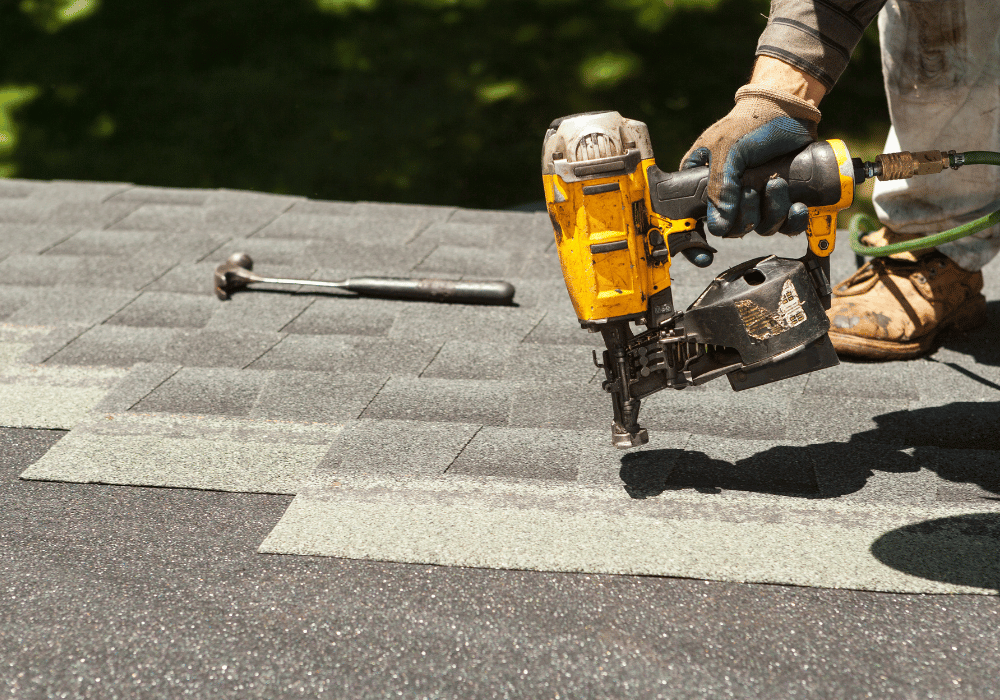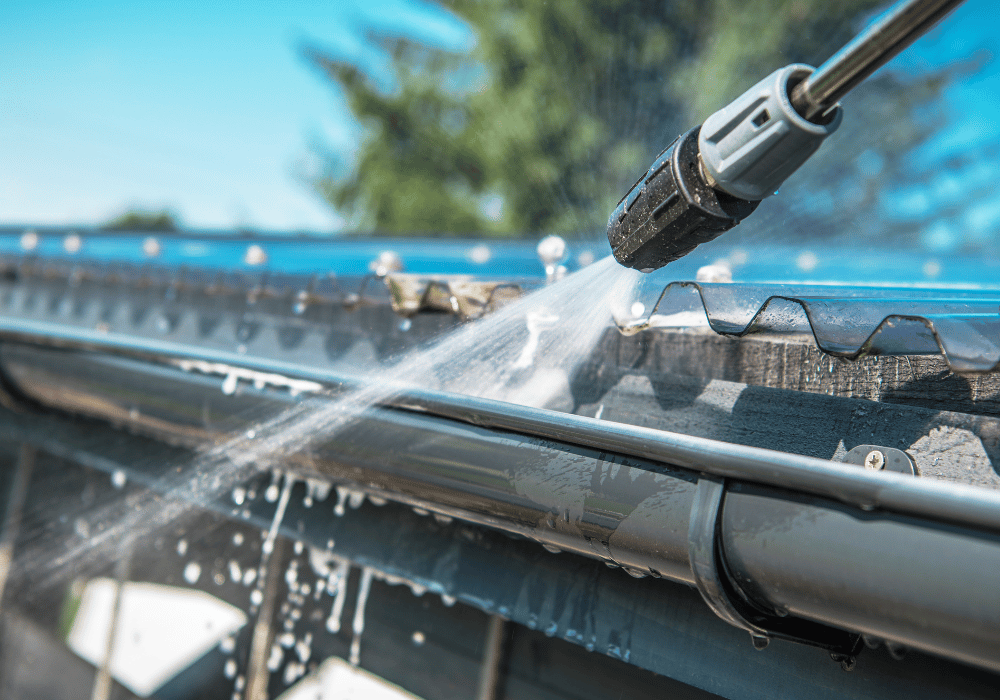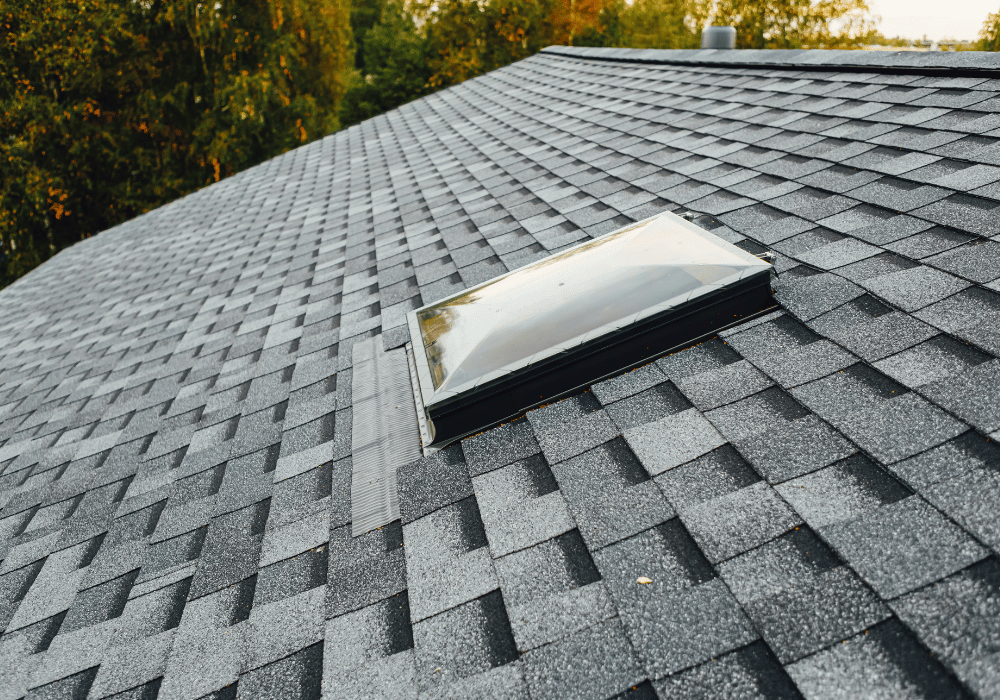When investing in roofing material, durability is top of mind for homeowners and property managers alike. Asphalt shingles are a popular roofing choice due to their affordability, versatility, and ease of installation. But how long can you expect them to last? While the average lifespan of an asphalt shingle roof is approximately 20-30 years, a multitude of factors can influence this range. This comprehensive guide will explore what affects asphalt shingle longevity, the different types of shingles and their expected lifespans, signs of wear and tear, and tips to extend your roof’s life.
Factors Affecting Asphalt Shingle Roof Lifespan

Several variables affect the lifespan of your roof, starting from the type of shingles you select to the environmental conditions they endure. One major factor is climate. Constant exposure to sun, rain, snow, and wind can significantly wear down a roof. For example, UV rays from prolonged sunlight can weaken the integrity of shingles, while heavy storms cause granule loss or even dislodge shingles altogether. Freezing and thawing cycles in colder climates can also expand and contract the shingles, leading to cracks over time.
Another important determinant is the quality of installation. Even the most durable shingles will fail prematurely without proper installation techniques. Effective ventilation and adequate underlayment prevent structural damage, moisture retention, and heat buildup, all of which could shorten your roof’s lifespan. Always hire experienced and certified roofers to ensure optimal performance.
Finally, maintenance plays a crucial role. Neglecting minor repairs can lead to major issues, such as leaks or rot, that compromise the overall structure. Simple preventive measures, such as cleaning debris from gutters or inspecting for damage after storms, can make a marked difference. While environmental factors may be out of your control, proper installation and consistent maintenance give your roof the best chance at hitting or even exceeding its expected longevity.
Types of Asphalt Shingles and Their Expected Lifespans
The type of asphalt shingles you choose will largely dictate how long your roof lasts. There are three primary categories of asphalt shingles, with each offering distinct lifespans and performance benefits.
Standard asphalt shingles, also known as three-tab shingles, are the most common and economical type. These shingles are lightweight and cost-effective but generally have the shortest lifespan, ranging between 15 and 20 years. Their thinner construction makes them suitable for moderate climates, though they may struggle in areas prone to severe weather.
Architectural shingles, also called dimensional shingles, offer a step up in both aesthetic appeal and durability. Their layered design gives them a more textured, three-dimensional appearance that mimics more expensive roofing materials like slate or cedar. With proper installation and maintenance, architectural shingles can last 25 to 30 years or more.
Lastly, there are premium asphalt shingles, which represent the pinnacle of quality in the asphalt category. These shingles are thicker, heavier, and better equipped to withstand extreme weather. Premium shingles often come with extended warranties and can last 30 to 50 years, making them an ideal choice for those seeking longevity and durability.
Choosing the right type of shingle for your needs depends on both your budget and your local climate. While architectural or premium shingles may require a higher upfront investment, their longer lifespans and better performance can save money in the long run by reducing replacement and repair costs.
Signs Your Asphalt Shingle Roof Needs Replacing
Over time, even the most well-maintained roof will begin to show signs of wear. Knowing when to replace your asphalt shingle roof is key to avoiding further damage to your home. One of the clearest warning signs is curling or buckling shingles. These deformations indicate that shingles are no longer tightly sealed, leaving your roof vulnerable to water penetration.
Missing shingles are another red flag. Whether caused by wind or aging adhesive strips, gaps in your roof leave underlying materials exposed to the elements, accelerating deterioration. Similarly, widespread granule loss is a telltale sign of aging shingles. If you notice excessive granules collecting in your gutters or downspouts, it may be time for a replacement.
Leaks and water stains inside your home should never be ignored. Moisture infiltration can lead to mold growth and structural damage, which are far more costly repairs than replacing a roof. Finally, if your roof is older than 20 years, it’s worth having it professionally inspected, even if there are no obvious problems. A proactive assessment can reveal hidden issues and help you plan for a timely replacement instead of dealing with an unexpected failure.
Maintenance Tips to Extend Your Roof’s Life

Maintaining an asphalt shingle roof doesn’t have to be an overwhelming task, but it does require consistency. Regular inspections are critical. Aim to check your roof at least twice a year, ideally in the spring and fall, as well as after major storms. Look for damaged, missing, or misaligned shingles, and address issues promptly to prevent more widespread problems.
Keeping your roof clean is another powerful way to extend its lifespan. Debris such as leaves, branches, and moss can trap moisture and lead to rot or algae growth. Use a broom or a low-pressure washer to remove debris periodically, and consider installing zinc or copper strips to prevent algae buildup.
Proper attic ventilation is also crucial for a healthy roof. Without it, heat and moisture can accumulate beneath the shingles, causing them to warp or deteriorate more quickly. Make sure your attic’s ventilation system is functioning properly to keep your roof cool and dry year-round.
Gutters often go overlooked in roof maintenance, but they play a vital role in directing water away from your home. Clogged gutters can cause water to back up onto the roof, leading to leaks or ice dams in colder climates. Clean your gutters regularly, especially during the fall when leaves are more likely to collect.
Lastly, schedule professional maintenance. While many repairs and inspections can be done on your own, hiring a licensed roofing contractor for an annual check-up ensures that no issues go unnoticed. Their trained eye can catch problems that might escape an untrained observer, providing peace of mind and a longer-lasting roof.
Plan for a Roof That Lasts
The lifespan of an asphalt shingle roof depends on many factors, including climate, installation quality, and maintenance habits. By understanding these variables, you can make informed decisions when installing, maintaining, or replacing your roof. Investing in higher-quality shingles, performing regular maintenance, and addressing minor issues promptly can significantly extend your roof’s life.
If you think your roof might be nearing the end of its life, don’t wait until small issues turn into major expenses. Consult with a roofing professional to assess its condition and explore your options for replacement. A proactive approach will ensure that your home stays protected for years to come.


